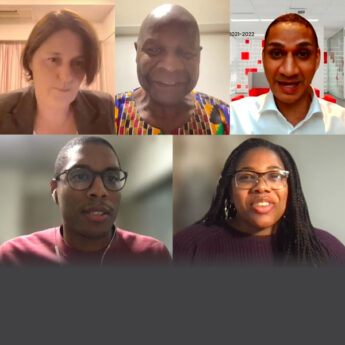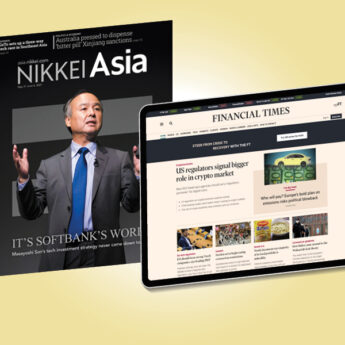As one of the first firms to embrace flexible working, BT has more experience than most. Starting in 1990—long before the advent of broadband Internet, Skype and other tools now considered fundamental to the practice—the firm began offering flexible working on a limited basis. That was subsequently rolled out on a wider scale during the 2000s and then, in 2015, BT unveiled Worksmart, a global programme that has extended it even further.
The hard-won insights and lessons from this process were shared at BT Japan’s Tokyo office by Kaoru Iino, head of marketing for the country, as part of a seminar held in conjunction with the British Chamber of Commerce in Japan on 30 January. Joining Iino was Peter Knowles, senior consultant at BT Advise, the firm’s professional services and consultancy arm, who participated from the UK via the firm’s video conferencing technology.
But while BT might have been a trendsetter, flexible working is now on the agenda for a range of firms, and Iino, who works part time, pointed to three drivers of new workstyles.
Three drivers
First, the definition of work has shifted, from full-time employment to a “focus”. Second, the rise of asset-light or even asset-less firms, such as Airbnb, Uber and Alibaba, has led to more agile business practices and increased competition. Finally, a shortage of high-skilled talent has forced firms to change the way they secure and retain workers.
“These three drivers are pushing companies to adopt workstyle innovation”, said Iino.
Furthering the case for flexible working are several business drivers. Among them, Knowles identified property rationalisation, productivity improvement, recruitment and retention, sick absence reduction, corporate social responsibility, carbon footprint reduction and business continuity.
BT and the firms it assists have seen significant results in these areas—for example, absenteeism has been reduced by 63% among BT’s flexible workers, and they are 20% more productive than their office-based counterparts. The firm has also seen big savings in CO2 emissions and property costs.
“Flexible working is a bit of a silver bullet because it does support each of those different business drivers in its own way”, said Knowles, adding that these were also a way of explaining and justifying the change to employees.
Indeed, spelling out the policy and implementing it in a way that suits employees is the key challenge for firms.
“The technology is sorted nowadays—whatever you want to do, you can do”, said Knowles. “The problem is about getting your employees to want and embrace the new styles of working”.
In part, that is about ensuring that the policy is seen to be implemented fairly.
“I am approved as a flexible worker, but sometimes people in different departments may not be allowed [to be flexible employees] because of their role and responsibilities”, explained Iino. “So we have to clearly analyse internally the definition and the requirements so that everyone feels it’s an equal system”.
There are also several practical considerations, ranging from the highly mundane—how home-based employees will have access to stationery and mechanisms for reporting faulty equipment—to ensuring that workspaces can be used easily and effectively.
“When you walk into a BT building, you see colour-coded plans—what are hot desks, what are flexi desks, where are the meeting rooms—because you may never have visited that building before”, said Knowles.
Barriers to best behaviour
Other barriers stem from ingrained behaviours. Some staff might be so accustomed to having their own desk that they are reluctant to give it up—such behaviour might indicate that the role benefits from a fixed desk. Meanwhile, issues of presenteeism make employees worried they won’t be able to advance in their careers if they can’t clearly be seen to be at work. This last issue is particularly relevant in Japan, where staff routinely stay late to show dedication.
“You have to have something in your performance reviews that says, ‘Actually, presenteeism isn’t the way that we manage people—it’s on output, deliverables, tasks, etc.’”, explained Knowles.
For some, the prospect of flexible working might imply the loss of the friendship and camaraderie they share with their teammates. To address that, Knowles and his team conduct two regular meetings each week, one to discuss business and the other to chat socially.
But he pointed out that flexible working can facilitate new interactions.
“You talk to other people that you wouldn’t necessarily have talked to across the organisation”, he said. “So collaboration is greatly improved by having different types of flexible workspace rather than fixed desks”.







